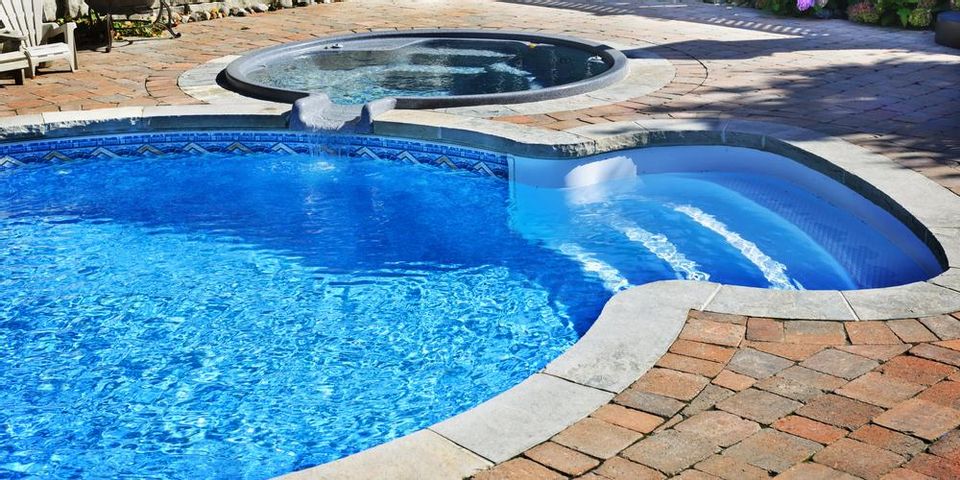3 Popular Swimming Pool Resurfacing Materials

If the interior of your pool looks lackluster, it may be time for swimming pool resurfacing. Interior finishes not only keep your pool looking great, but also protect it. There are several popular options to choose from, each with its pros and cons, which are explored in detail below.
3 Swimming Pool Resurfacing Materials to Consider
1. Aggregate
Aggregate finishes are the perfect solution if you’re tired of looking at traditional pool finishes. They can be composed of pebbles, quartz, and glass beads, applied in a textured or smooth finish. They hold up especially well compared to other swimming pool resurfacing materials, though you may see discoloration after several years. Textured finishes can also be tough on the feet.
2. Plaster
Plaster is the most recognizable swimming pool refinishing material and achieves the classic white finish. Composed of cement, sand, or marble, it’s a cost-effective option that doesn’t sacrifice aesthetic quality. However, it is rough, which can be uncomfortable, and requires weekly maintenance to prevent algae from building up. It’s also the least durable of all the finishes, lasting only five to 10 years.
3. Tile
 Porcelain, stone, and glass tiles can be mixed and matched easily with other finishes and achieve a variety of different design styles. They’re long-lasting and easy to manage, though they’re more costly as a result. They can also crack over time. Tile requires expert installation.
Porcelain, stone, and glass tiles can be mixed and matched easily with other finishes and achieve a variety of different design styles. They’re long-lasting and easy to manage, though they’re more costly as a result. They can also crack over time. Tile requires expert installation.
When you’re ready to invest in swimming pool resurfacing, turn to the professional team at Captain Cook Pool & Spa in Hawaii. With nearly 40 years of experience, the family-owned company will help with all your swimming pool needs, including construction and maintenance for both above-ground and in-ground pools. Call (808) 323-3063 today to schedule a free consultation, and view their past work online.
About the Business
Have a question? Ask the experts!
Send your question

